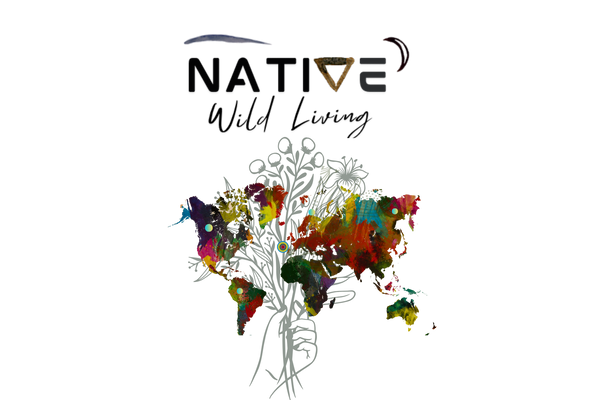What Is Regenerative > Reciprocal Beauty
What is Regenerative Beauty: A Living System of Wellness
Regenerative Beauty is our holistic approach to skincare and wellness that goes beyond “clean beauty.” It’s rooted in restoration, resilience, and reciprocity not only for the skin, but for the Earth, ecosystems, and ancestral cultures connected to the ingredients we use.
Core Principles of Regenerative Beauty
Soil to Skin Integrity
We source from healthy, living soil often using regenerative agriculture methods that restore biodiversity, capture carbon, and enhance microbial richness.
Nutrient-dense plants mean nutrient-dense oils offering deeper nourishment for your skin.
Bioactive-Rich Formulation
Our blends honor nutrient synergy with whole-plant oils, unrefined extracts, and minimally processed ingredients that support the skin barrier, microbiome, and cellular renewal. From the inside-out.
Ancestral Wisdom & Cultural Respect
We honor the origins of each plant, working directly with traditional and indigenous producers. These ancestral methods and relationships preserve cultural knowledge and strengthen community economies.
Circular and Ethical Economy
We ensure traceability, fair wages, and eco-conscious production. Our process minimizes packaging waste, overharvesting, and synthetic additives by protecting the full value chain from soil to skin.
Healing, Not Just “Anti-Aging”
We don’t chase perfection, we address root causes of imbalance: inflammation, ROS, RNS (oxidative/nitrosative stress), and microbiome disruption.
Our philosophy embraces the gut-brain-skin axis and redefines beauty as vitality, balance, and wholeness.
Regenerative beauty is not just about what we put on our skin. It’s a return to our place in the web of life. As we heal our skin with plants grown in living soil and processed with ancestral care, we restore something deeper: our connection to nature, to each other, and to meaning itself.
From Regenerative Beauty to Regenerative Living
A New Holistic Wellness Paradigm
In today’s world, the body–mind–spirit model isn’t enough. We need a deeper, grounded system that reconnects us to land, water, ancestry, and place.
At Native Wild Living, we expand wellness into a living, breathing ecosystem rooted in nature, guided by cultural memory, and designed for modern healing.
The Seven Pillars of Regenerative Living:
- Body – Nourished by whole-plant oils and foods grown in regenerative soil
- Mind – Calmed by ritual, connection, and natural sensory experiences
- Spirit – Inspired through ancestral knowledge, legacy, and meaning
- Community – Grounded in cooperative exchange and intergenerational care
- Space – Informed by ecosystems, land stewardship, and biodiversity
- Emotion – Regulated through nature’s rhythms, scent, and the act of giving back
- Nature (Center) – The living core of wellness, our source, teacher, and home
This is not just skincare. It’s a movement back to health through nature. A collective return to relationship between skin and soil, people and plants, ancient and modern.
Our Vision
We envision a world where humans no longer feel separate from nature but rooted in it. Where skincare is more than a product because it’s a practice of care for land, lineage, and life.
At Native Wild Living, we:
- Offer handmade botanical products ethically sourced from indigenous communities
- Grow regenerative plants on our own land in the U.S.
- Travel and document plant journeys from seed to source, offering full transparency
- Elevate plants not just for what they do for skin, but what they represent: resilience, memory, and healing
Through these offerings, we invite you to reconnect with your skin, your ancestry, and the Earth.

